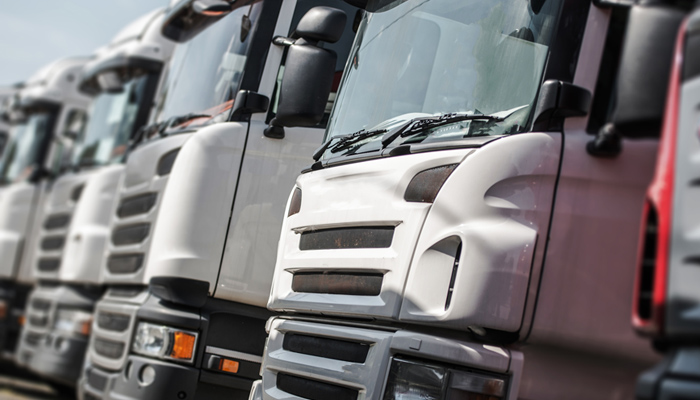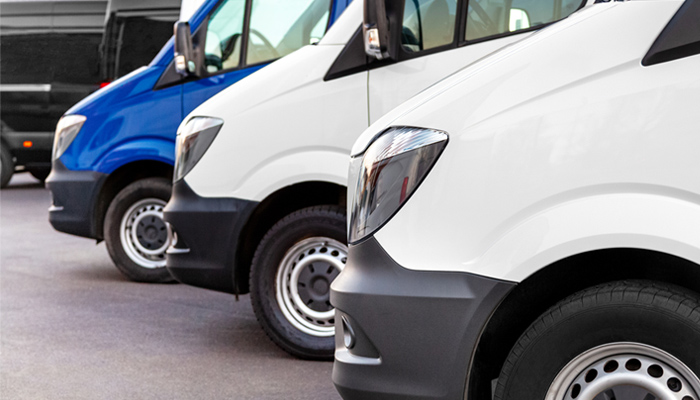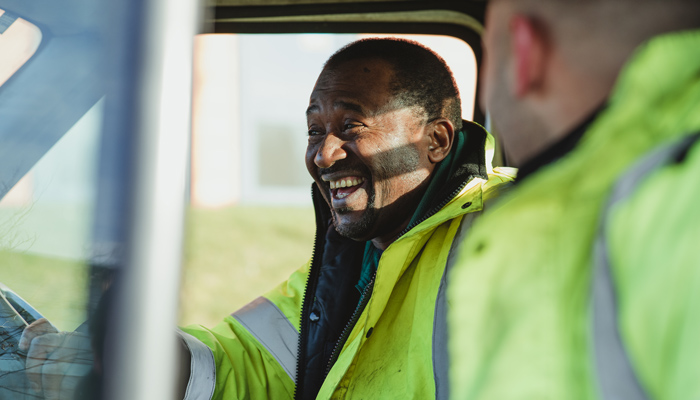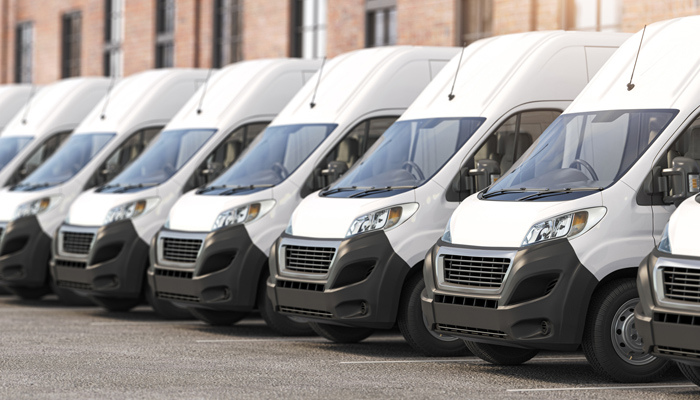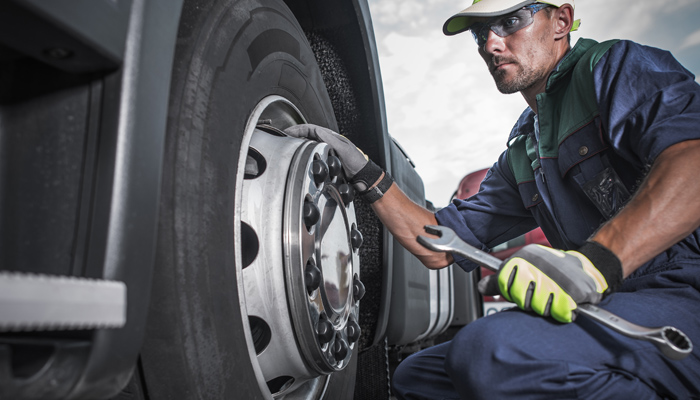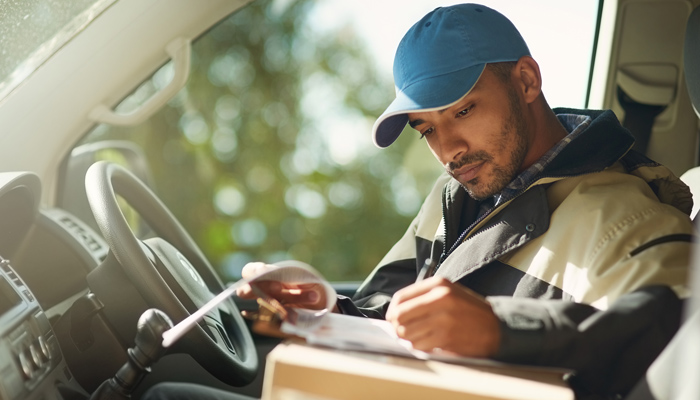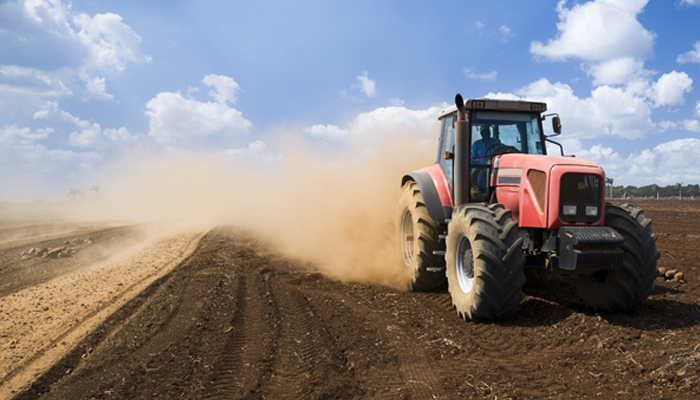Using Camera Systems to Reduce Your Fleet Insurance Costs
Cutting the frequency and severity of claims can help reduce your truck insurance and fleet insurance premiums. Read our guide to installing camera systems for your vehicles, which can help achieve this by encouraging your drivers to be more careful and providing clear evidence when incidents occur.
How can camera systems help reduce fleet insurance premiums?
Claims experience plays a significant part in determining how much a truck operator pays for insurance. Cutting the frequency and severity of claims can therefore help significantly with keeping insurance premiums under control.
Camera systems can help to achieve a better claims experience and, therefore, reduced fleet insurance premiums by providing footage as an ‘independent witness’.
The impact of this independent witness would allow:
- Disputed or split-liability claims to be resolved quickly and correctly – ensuring each party is only liable for their proportion of the costs.
- Proof of ‘crash-for-cash’ staged accident scenarios – proving the innocence of the victim of what could have been a registered fault incident against them. Without an independent witness, the victim may incur claim costs, future increased renewals and - potentially - criminal charges.
- Improved driver awareness and performance – if used by the fleet manager to monitor their driver’s habits and driving style.
- When coupled with a telematics device, cameras can be used very effectively to also improve fleet costs by allowing the management of the fleet to consistently and effectively monitor the driving style of their fleet drivers – an improvement in driving style has strong links to improved tyre wear, reduced fuel costs and a better claims experience.
How fast can fleet insurance be reduced by installing cameras?
Customers naturally welcome up-front discounts, whereas insurers usually require claims experience to improves before granting premium reductions.
Instant and specific savings for fleet operators (typically those with five or more vehicles) are therefore unlikely as historic claims experience is such a key factor when pricing fleet insurance.
However, the decision to install cameras may improve insurers’ perception of a fleet risk: if they perceive that the installation of a camera system may help improve claims experience, or more importantly still, address some existing issues, then they may decide upon a rate that may be more favourable than might otherwise be the case. Furthermore, fleet insurers that recognise the importance of cameras may offer funding towards their installation.
Best of all, truck operators running only one or two vehicles that are not ‘fleet-rated’ may find an insurer willing to offer a modest up-front discount.
How can I install cameras to help reduce my fleet insurance cost?
There are some key points to remember about installing cameras designed to help reduce your fleet insurance premiums:
- Cameras need to be installed and used correctly, with your insurer’s approval.
- Those with enhanced ‘telematics’ capabilities need to be used to their full potential by using the data to proactively manage driver behaviour.
- Film footage needs to be sent to insurers as soon as an incident occurs; it should not sit within the camera and only be downloaded at some later stage.
Cameras now come in a variety of forms:
- Single lens, forward facing cameras – able to record in High Definition and provide the GPS location of any reported incidents.
- Dual lens cameras – as per the above but with the addition of an inward facing lens to capture the driver’s actions.
- Multi camera systems – typically 4 cameras (front, rear and both sides of the vehicle), providing a 360-degree view – these systems are usually coupled with an in-cab monitor (that can be used as a reversing aid) as well as a hard-disk recorder to store the footage from the four units.
Bespoke solutions – providers can fit over 15 cameras to a single vehicle or piece of plant if so required.
Monitoring the driver can help tackle the risk of driver distraction, handheld mobile phone use, etc, but introducing driver monitoring requires careful consideration and taking into account various behavioural and employment-related issues.
There are some very sophisticated camera / telematics systems whereby data is downloaded as the driver returns to base; a team of people (usually a third-party company) monitor all footage related to recorded incidents; and feedback is provided automatically to drivers.
How else can I help reduce my fleet insurance premiums?
Installing cameras should be just part of an integrated plan to reduce your fleet insurance or truck insurance premiums, designed to tackle occupational road risk in its entirety.
That wider holistic solution should include:
- Embedding a top-down management culture that places safety at the heart of the business.
- Ensuring that vehicle maintenance meets legal and regulatory requirements and is carried out to a high standard.
- Carrying out a comprehensive risk assessment that carefully considers every aspect of risk affecting drivers, other staff, and other road users.
- Developing and rigorously implementing appropriate safe systems of work.
- Helping drivers gain a firm understanding of, and to be able to put into practice, the behaviours that lead to safe driving.
- Developing and implementing an incentive programme that encourages drivers to put the skills they’ve learned into lasting practice.
- Investing in telematics (if not already embedded in the camera system) to help manage driving style and behaviour.
- Investing in the latest trucks, featuring technology such as electronic stability control systems, lane departure warning systems, and advanced emergency braking systems.
Fleet insurance from Towergate
We offer fleet insurance for many types of commercial vehicles, including cars, minibuses, trucks and vans.
- Access to a panel of experienced and competitive vehicle fleet insurers
- Risk-management-led approach to help reduce fleet vehicle accidents and lower premiums
- Dedicated account, claims and risk management support team
About the author
 Chris North FCII is a respected industry leader with over 40 years' experience, who has worked in the insurance industry in a variety of roles, accumulating a wealth of knowledge. He is currently Technical Manager for Towergate's motor division, providing expertise on all matters relating to motor fleet insurance, in particular haulage and self-drive hire fleets.
Chris North FCII is a respected industry leader with over 40 years' experience, who has worked in the insurance industry in a variety of roles, accumulating a wealth of knowledge. He is currently Technical Manager for Towergate's motor division, providing expertise on all matters relating to motor fleet insurance, in particular haulage and self-drive hire fleets.
This is a marketing article by Towergate Insurance.
Date: August 28, 2018
Category: Commercial Vehicle





